
Frederick Tansley Munnings (1875, Lowestoft – 1953) [1] was a 20th-century British spiritualist medium and former burglar. He was exposed as a fraud. [2]

Frederick Tansley Munnings (1875, Lowestoft – 1953) [1] was a 20th-century British spiritualist medium and former burglar. He was exposed as a fraud. [2]
Munnings lived in Hastings and worked as a boarding-house keeper. He was convicted of burglary for housebreaking at Woking and was sentenced to nine months' imprisonment. [1] [3] Munnings claimed to be a "direct voice" medium, but was exposed as a fraud when one of his séance sitters turned the lights on, revealing him to be holding a trumpet by means of a telescopic extension piece and using an angle piece to change the auditory effect of his voice. [4]
In February 1926 a public warning against Munnings was issued in the press by Arthur Conan Doyle, Abraham Wallace, R. H. Saunders, and H. D. Bradley. [5] The psychical researcher Harry Price also exposed his fraudulent mediumship. Munnings claimed to produce the independent "spirit" voices of Julius Caesar, Dan Leno, Hawley Harvey Crippen and King Henry VIII. Price invented and used a piece of apparatus known as a voice control recorder and proved that all the voices were those of Munnings. Munnings admitted fraud and sold his confessions to a Sunday newspaper. [6]
Munnings's daughter Hilda Tansley Munnings became a noted ballerina under the name Lydia Sokolova.

Spiritualism is a social religious movement primarily popular in the nineteenth and early twentieth centuries according to which an individual's awareness persists after death and may be contacted by the living. The afterlife, or the "spirit world", is seen by spiritualists not as a static place, but as one in which spirits continue to evolve. These two beliefs—that contact with spirits is possible, and that spirits are more advanced than humans—lead spiritualists to the belief that spirits are capable of providing useful insight regarding moral and ethical issues, as well as about the nature of God. Some spiritualists speak of a concept which they refer to as "spirit guides"—specific spirits, often contacted, who are relied upon for spiritual guidance. Emanuel Swedenborg has some claim to be the father of spiritualism.

A séance or seance is an attempt to communicate with spirits. The word séance comes from the French word for "session", from the Old French seoir, "to sit". In French, the word's meaning is quite general: one may, for example, speak of "une séance de cinéma". In English, however, the word came to be used specifically for a meeting of people who are gathered to receive messages from ghosts or to listen to a spirit medium discourse with or relay messages from spirits. In modern English usage, participants need not be seated while engaged in a séance.

The National Laboratory of Psychical Research was established in 1926 by Harry Price, at 16 Queensberry Place, London. Its aim was "to investigate in a dispassionate manner and by purely scientific means every phase of psychic or alleged psychic phenomena". The honorary president was Lord Sands, K.C., LL.D., acting president was H. G. Bois, and the honorary director was Harry Price. In 1930 the Laboratory moved from Queensberry Square, where it had been a tenant of the London Spiritualist Alliance to 13 Roland Gardens. In 1938, its library was transferred on loan to the University of London.

Harry Price was a British psychic researcher and author, who gained public prominence for his investigations into psychical phenomena and exposing fraudulent spiritualist mediums. He is best known for his well-publicised investigation of the purportedly haunted Borley Rectory in Essex, England.
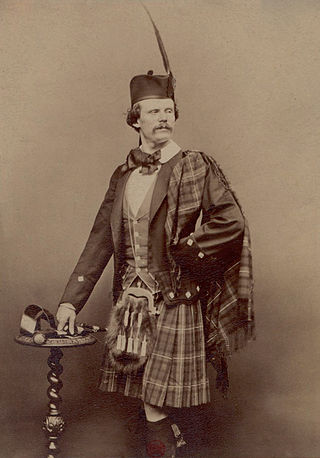
Daniel Dunglas Home was a Scottish physical medium with the reported ability to levitate to a variety of heights, speak with the dead, and to produce rapping and knocks in houses at will. His biographer Peter Lamont opines that he was one of the most famous men of his era. Harry Houdini described him as "one of the most conspicuous and lauded of his type and generation" and "the forerunner of the mediums whose forte is fleecing by presuming on the credulity of the public." Home conducted hundreds of séances, which were attended by many eminent Victorians. There have been eyewitness accounts by séance sitters describing conjuring methods and fraud that Home may have employed.

Mediumship is the pseudoscientific practice of mediating communication between familiar spirits or spirits of the dead and living human beings. Practitioners are known as "mediums" or "spirit mediums". There are different types of mediumship or spirit channelling, including séance tables, trance, and ouija. The practice is associated with spiritualism and spiritism. A similar New Age practice is known as channeling.

Henry Slade (1835–1905) was a famous fraudulent medium who lived and practiced in both Europe and North America. Slade was best known for his "slate writing" method, where he would purportedly produce message written by spirits on slates.

William Hope was a pioneer of so-called "spirit photography". Based in Crewe, England, he was a member of the well known spiritualists group, the Crewe Circle. He died in Salford hospital on 8 March 1933.

Ghost hunting is the process of investigating locations that are purportedly haunted by ghosts. Typically, a ghost-hunting team will attempt to collect evidence supporting the existence of paranormal activity. Ghost hunters also refer to themselves as paranormal investigators.

In spiritualism, ectoplasm, also known as simply ecto, a substance or spiritual energy "exteriorized" by physical mediums. It was coined in 1894 by psychical researcher Charles Richet. Although the term is widespread in popular culture, there is no scientific evidence that ectoplasm exists and many purported examples were exposed as hoaxes fashioned from cheesecloth, gauze or other natural substances.

Rudi Schneider, son of Josef Schneider and brother of Willi Schneider, was an Austrian Spiritualist and physical medium. His career was covered extensively by the Journal of the American Society for Psychical Research, and he took part in a number of notable experiments conducted by paranormal researchers/debunkers, including Harry Price, Albert von Schrenck-Notzing and Eric Dingwall. Some of these researchers declared him to be a fraud while others were unable to find evidence of trickery.
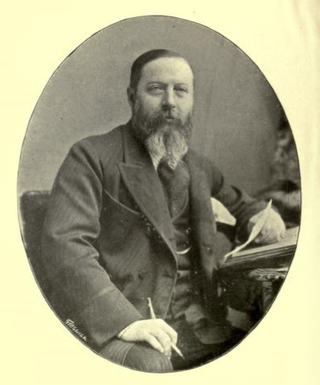
William Stainton Moses was an English cleric and spiritualist medium. He promoted spirit photography and automatic writing, and co-founded what became the College of Psychic Studies. He resisted scientific examination of his claims, which have generally been demolished.

Franek Kluski, real name Teofil Modrzejewski (1873-1943), was a Polish physical medium criticized by trained magicians and skeptics as a fraud. Kluski was best known for his séances in which alleged "spirit" molds of hands materialized. It was later demonstrated by Massimo Polidoro and chemist Luigi Garlaschelli that these molds could have easily been made by fraudulent methods.
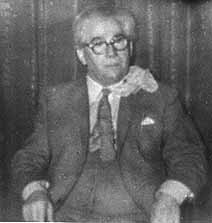
Leslie Flint was a British self-proclaimed medium who is credited as having been one of the last psychics to use direct-voice mediumship. He has been described by spiritualists as the most renowned psychic of the 20th century. Skeptics have pointed out a number of alleged frauds Flint perpetuated during his career.
Cecil Husk (1847-1920) was a British professional singer and spiritualist medium.

George Valiantine (1874–1947) was an American direct voice medium who was exposed as a fraud.

Jan Guzyk (1875–1928), also known as Jan Guzik was a Polish spiritualist medium known for his alleged ability of psychokinesis. Guzyk was exposed as a fraud by psychical researchers Harry Price and Max Dessoir.
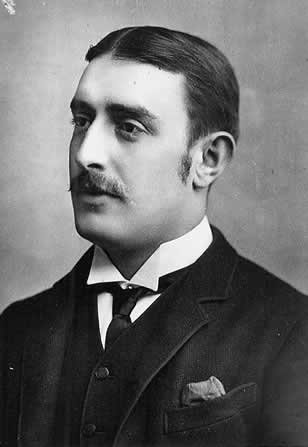
William Eglinton (1857–1933), also known as William Eglington was a British spiritualist medium who was exposed as a fraud.

Einer Nielsen (1894–1965) was a Danish physical medium and spiritualist.
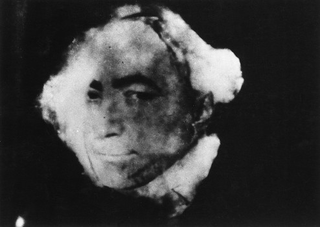
John Myers was a British dentist and spiritualist medium.